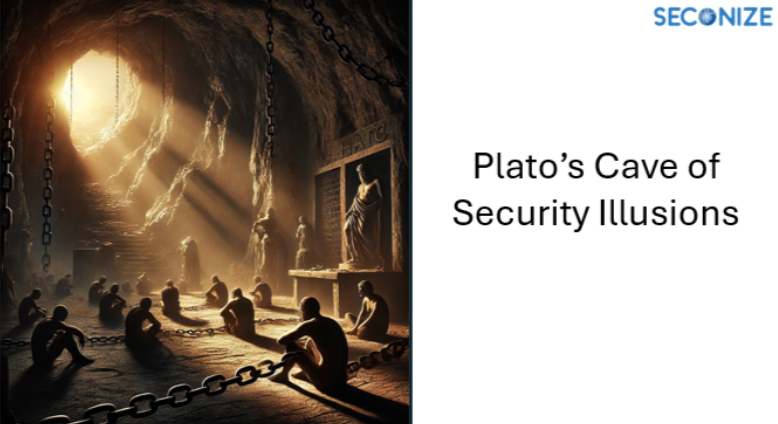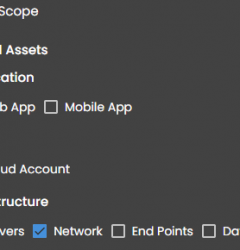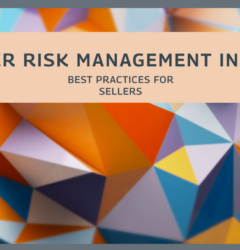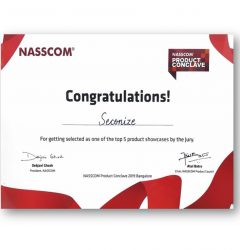In Plato’s allegory of the cave, prisoners are shackled in such a way that they can only see shadows cast on a wall, mistaking these shadows for the entirety of reality. To break free from these constraints and gain a holistic understanding, there is an urgent need for a unified risk management platform.
This powerful metaphor resonates deeply with the challenges faced by modern security teams, who often find themselves navigating through isolated reports from various point products, each providing a fragmented view of the organization’s risk landscape.
The Shadows of Point Product Reports
Just as the cave prisoners mistake shadows for reality, security teams can be misled by the isolated and sometimes overlapping reports generated by individual point products. Each product — be it an antivirus, firewall, intrusion detection system, or endpoint protection tool — offers a limited perspective, often lacking the broader context needed to understand the full scope of security threats.

Key Challenges:
- Fragmented Insights: Point products generate reports independently, leading to fragmented insights. Security teams struggle to piece together these disparate pieces of information to form a coherent understanding of the overall risk landscape.
- Data Silos: Each security tool operates within its own silo, making it difficult to correlate data across different systems. This siloed approach can obscure the connections between seemingly unrelated security events, potentially allowing threats to slip through the cracks.
- Complex and Time-Consuming Analysis: Manually analyzing reports from multiple products is time-consuming and prone to human error. Security teams may spend significant time sifting through logs and alerts, trying to identify patterns and prioritize risks.
- Inconsistent Reporting: Different point products often use varied terminologies and metrics, making it challenging to compare and aggregate data effectively. This inconsistency can lead to misunderstandings and misinterpretations of risk levels.
The Journey to Unified Risk Management
In the allegory, a prisoner who escapes the cave and experiences the outside world for the first time realizes the shadows were mere illusions. Similarly, security teams need to break free from the constraints of point product reports and seek a unified risk management platform that provides a comprehensive and integrated view of their security posture.
Benefits of a Unified Risk Management Platform:
- Centralized Visibility: A unified platform consolidates data from all security tools, offering a single pane of glass view. This centralized visibility enables security teams to see the bigger picture and understand how different risks interrelate.
- Enhanced Correlation and Context: By integrating data from multiple sources, a unified platform can correlate events and provide context, helping security teams identify complex attack patterns and prioritize threats more effectively.
- Streamlined Analysis and Response: Automated analysis and response capabilities reduce the time and effort required to process and act on security alerts. This allows security teams to focus on strategic initiatives rather than getting bogged down in manual tasks.
- Consistent Reporting: Unified platforms standardize reporting metrics and terminologies, making it easier to compare and aggregate data. Consistent reporting enhances communication and understanding across the organization.
Embracing the Full Spectrum of Reality
Plato’s allegory teaches us the importance of seeking true knowledge beyond superficial appearances. For security teams, this means moving beyond the isolated shadows of point product reports and embracing a unified risk management platform. By doing so, they can gain a deeper, more accurate understanding of their security environment, leading to more informed decision-making and a stronger security posture.
Conclusion
Just as the freed prisoner in Plato’s allegory gains a profound understanding of reality outside the cave, security teams must look beyond the confines of point product reports to fully grasp and address the complex and evolving nature of cyber threats.
A unified risk management platform provides the clarity and context needed to transform isolated data into actionable intelligence, ultimately enabling organizations to navigate the labyrinth of security risks with greater confidence and effectiveness.
















Recent Comments